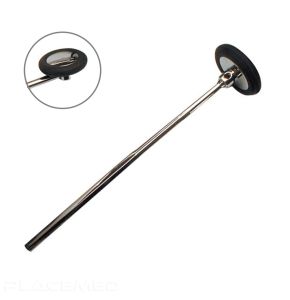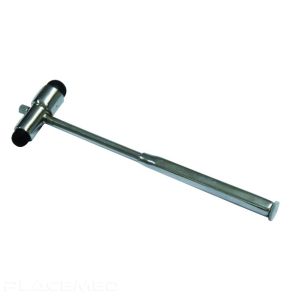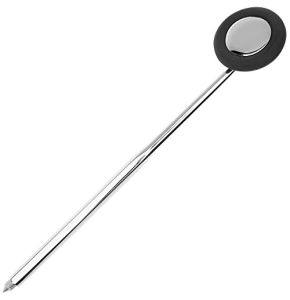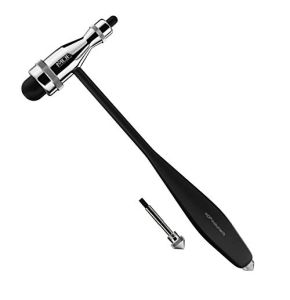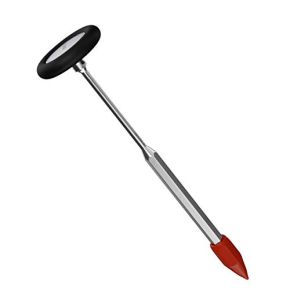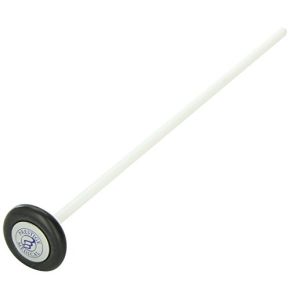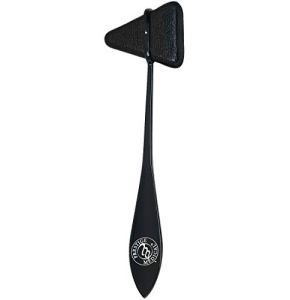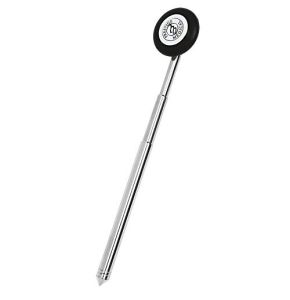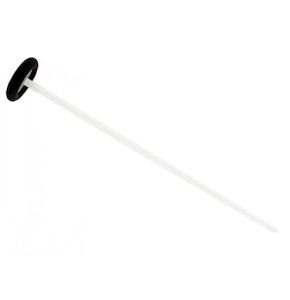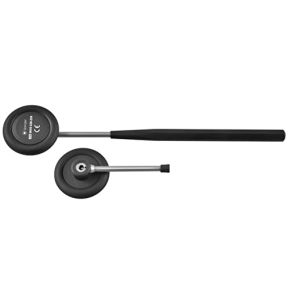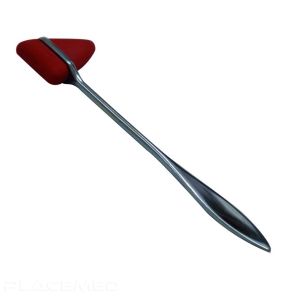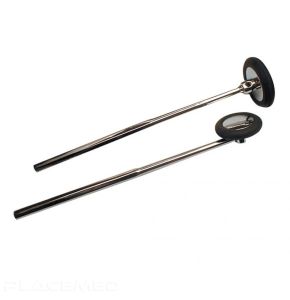Reflex hammer
Reflex hammer Certified professional COMED
Reflex hammer Certified professional COMED
Reflex hammer Certified professional
Reflex hammer Certified professional
Reflex hammer Certified professional
Reflex hammer Certified professional
Reflex hammer Certified professional
Reflex hammer Certified professional
Reflex hammer Certified professional
Reflex hammer Certified professional
Reflex hammer Certified professional COMED
Reflex hammer Certified professional COMED
Find in our "reflex hammer" booth a wide and diverse selection of reflex hammers, essential for high-quality medical diagnostics. These hammers come from top brands and are offered at the best value for money. This selection has been carefully curated to meet all your precision and user comfort needs, whether you're a general practitioner, neurologist, or sports medicine specialist.
The reflex hammers displayed in this booth by our partner merchants are designed to provide reliable results during your neurological and physical examinations. Whether it's the classic Taylor hammer or the specialized Babinski hammer, you will find the tool perfectly suited to your practice. Placemed also offers specific models such as the Troemner hammer, Buck hammer, and Berlin hammer.
Each reflex hammer in our selection combines ergonomic design and superior materials for optimal use and extended durability. Explore the different features, weights, and sensations to choose the hammer that suits you best and enhance the precision of your diagnostics and the quality of your care with our high-end reflex hammers.
What is a reflex hammer?
A reflex hammer is a highly useful medical device, particularly in neurological examinations. This instrument is used to test patients' osteotendinous reflexes to diagnose neurological pathologies, as well as clinical and anatomical conditions. Some models, equipped with pointed tips or incorporating a needle and brush, can also be used to test patients' skin sensitivity. The reflex hammer examination technique dates back to the late 1800s and plays a crucial role in the clinical diagnosis of systemic disorders.
What are the different types of reflex hammers?
Reflex hammers are essential medical instruments used to assess tendon reflexes in neurological examinations. There are several types of reflex hammers, each with unique characteristics:
Taylor Hammer
Invented in 1888 by John Madison Taylor (1855-1931), the Taylor hammer, also known as a tomahawk, can be considered the first reflex hammer. It is the most commonly used model in the United States. This model, which has given rise to some derivatives such as the Vario or the Berliner, consists of a flat metal handle and a rubber piece with a triangular shape.
Babinski Hammer
This model was designed and used in the 1900s by Joseph Babinski, a French neurologist of Polish descent. It was introduced to the United States by Abraham Rabiner, another neurologist who improved it by making modifications, including making its handle detachable. The Babinski hammer is characterized by its striking part in the form of a 5 cm diameter metal disc surrounded by rubber material. Its handle takes the form of a metal rod, initially fixed before becoming removable to create the Babinski-Rabiner model.
Dejerine Hammer
The "Dejerine" model is the one that most closely resembles a real hammer. It differs from other models in the cylindrical shape of its striking part, which is made of rubber with rounded ends.
Queen Square Hammer
This model was first used in 1925 by a nurse named Miss Wintle. She was in charge of electrotherapy equipment at the National Hospital for Neurology and Neurosurgery (NHNN) in Queen Square, a square in the Bloomsbury district of the London Borough of Camden, United Kingdom.
The Queen Square hammer is a model composed of a handle ranging from 25 cm to 40 cm in length, typically made of bamboo or cane, and a metal disc surrounded by rubber.
How to choose the right reflex hammer?
Choosing the right medical reflex hammer is an important step for any healthcare professional, and it depends on several factors.
Firstly, assess your type of medical practice. Neurologists may prefer more specialized hammers like the Babinski hammer, while general practitioners may opt for the more versatile Taylor hammer.
Understanding the difference between the various types of hammers is also essential. Each type has unique characteristics that can affect examination results. For example, the Troemner hammer is heavier and may be preferred for certain types of reflexes.
Examining the quality and durability of the hammer is another important point. A good reflex hammer should be sturdy and designed to withstand regular use. Hammers with metal heads tend to be more durable than those with plastic or rubber heads.
The benefits of using a reflex hammer
Using a reflex hammer offers many advantages for healthcare professionals. Firstly, it allows for more accurate diagnosis of neurological disorders. By testing tendon reflexes, the reflex hammer can help identify neurological abnormalities and distinguish between central and peripheral nervous system conditions.
Secondly, the reflex hammer facilitates the physical examination of the patient. It is a simple yet effective tool for quickly assessing the integrity of a patient's nervous system, which can be particularly useful in emergency situations or when a comprehensive examination is not possible.
Thirdly, the reflex hammer can help track the progression of a neurological disease. Changes in tendon reflexes can indicate disease progression, and regular monitoring of these reflexes can provide valuable information about the effectiveness of treatment or the need to adjust care.
 Francais
Francais 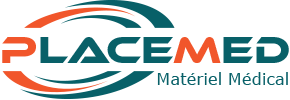
 Quote
Quote  Cart
Cart 